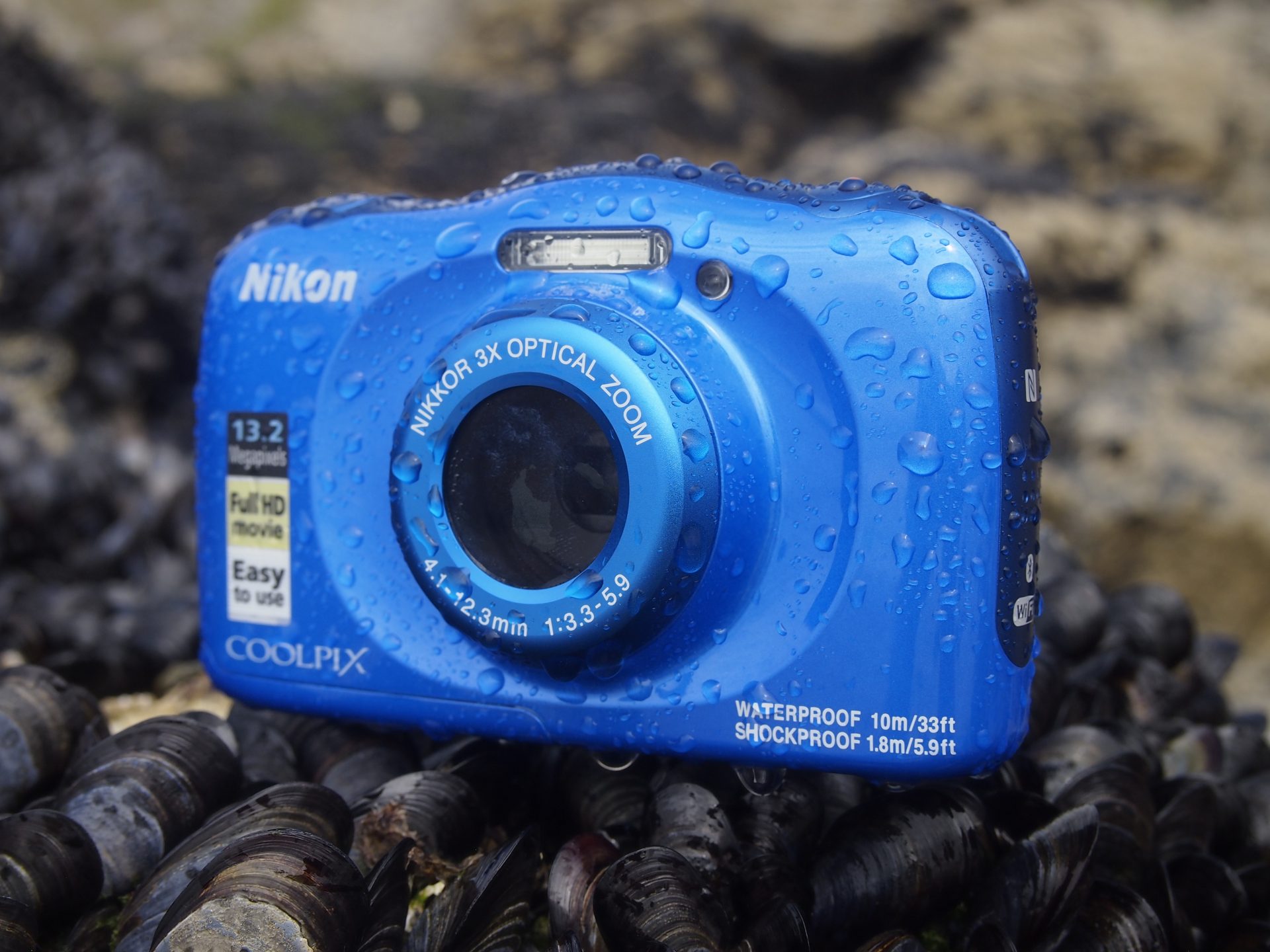
In a nutshell, this is an excellent result overall.

More importantly, at most distances wide open is basically as sharp as any narrower aperture. It’d be great if wide open wasn’t slightly softer-looking at close distances, but as just noted the difference is largely correctable in post. So I definitely wouldn’t stress if I forgot to stop down when my subject came super close. As such, in theory it can be fully compensated for in post-processing with e.g. Keep in mind, also, that at 400mm even when there was a difference in perceived sharpness, it was basically only due to changes in contrast.
Nikon w100 power on time iso#
In some cases you do technically get slight improvements in perceived sharpness by stopping down further, but if you have to do so by raising ISO then it is definitely not worth it – the additional noise will outweigh the benefits. Thus the optimal aperture is (in my opinion): as the distance gets shorter, wide open becomes softer in comparison to narrower apertures. subject distance and wide-open performance, i.e. It seems to me that the achievable acuity is pretty good, and pretty similar, at all focal lengths. I can’t really compare across focal lengths, because the subject changed size (in the frame). Lightroom Classic nominally applied some sharpening & noise reduction, per its defaults, but the settings were the same for all images (40/1.0/25/0 sharpening, 0/-/-/25/50/50 noise reduction).įinally, I’ve provided the images for every aperture in a carousel, but also an A | B comparison of wide open vs what I feel is the most interesting juxtaposition (usually the sharpest aperture, though not always). I left all those at factory settings, and I see no purpose in mucking with them since I – like most people – don’t muck with them in real-world use. This also means that any built-in lens corrections, whether by the camera or Lightroom Classic, were performed. I left the camera on auto white-balance I could have specified it as some fixed value in-camera, but I knew I could standardise it in post. Setting the white balance to 4,500 with no tint.I exposed-to-the-right to maximise image quality. The crops are all from the exact centre, and are 1024 square.Īll images were recorded as 14-bit lossless NEFs, and imported into Lightroom Classic with no modifications other than: Error / inaccuracy in exposure by the camera.Īll the images you see embedded in this post are JPEGs with the quality set to 100%, as rendered from the raws by Lightroom Classic.Differences in metering based on differing fields of view.I did not normalise exposure in post – any variation you see in the images could be due to: I used a fixed ISO of 64 in aperture-priority mode, letting the camera maintain constant exposure by varying the shutter speed (which ranged from 1/25 – 1/100). I did have to touch the camera between exposures, in order to adjust the aperture and press the shutter button, and this is why in some cases images are misaligned by a few pixels. I used a five second delayed shutter release, with pure electronic shutter (“Silent” mode). I focused wide open using AF-C single-point (centred). That way I could visually confirm that the plane of focus was where I expected and not short of the subject (in the cases where depth of field was so narrow as to matter). I also deliberately focused only about a third down on his nose – not in the very centre – so that the centre of the nose, being the closest part to the camera, would be slightly out of focus. I chose to focus on Stitch’s nose because it has a nice fine-detailed fabric texture, that looked better as a test subject than the low-contrast threading of e.g. Stitch was lit (as shown in the photo above) by two Neewer 660-LED panels, set to maximum brightness & running off mains power. MFD is a bit closer at 100 than 400.Ĥ00 is basically the focal length that counts – that’s where this lens will spend the vast majority of its time – thus the inclusion of only one subject distance for 100, nor any intermediary focal lengths.

I didn’t measure the actual MFD – all distances above are only approximate anyway, give or take a few inches – but it was something in the vicinity of 3ft, like the specs say.

I tested five different subject distances:



 0 kommentar(er)
0 kommentar(er)
